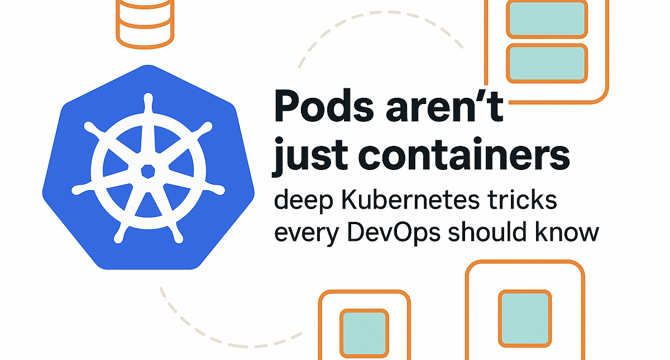Medium
1M
26

Image Credit: Medium
Pods aren’t just containers: deep Kubernetes tricks every DevOps should know
- Pods in Kubernetes offer more than just a container hosting platform, with features like sidecars, init containers, and shared context enhancing functionality.
- Understanding restart policies, probes for liveness and readiness, and balancing them correctly is crucial for maintaining pod health and cluster stability.
- Pod-level patterns like sidecars, ambassadors, and adapters enable cleaner design, separation of concerns, and easy debugging across services.
- Ephemeral containers within Pods allow for on-demand inspection and diagnosis without impacting running containers, aiding in debugging processes.
- Optimizing resource requests and limits within Pods is essential to prevent scheduling issues, evictions, and performance degradation.
- Pod presets and Quality of Service (QoS) classes help standardize resource configurations and prioritize Pods for eviction in case of resource constraints.
- Deployments in Kubernetes manage replica instances of Pods, ensuring high availability and automatic recovery in case of failures.
- Tools like kubectl describe provide insights into Pod failures, aiding in troubleshooting and effective management of Kubernetes resources.
- To excel in DevOps, it's vital to grasp the nuances of Pods, their configurations, and functionalities beyond basic container management.
- By experimenting with these concepts in a test environment, DevOps professionals can enhance their skills and troubleshoot effectively in real-world scenarios.
Read Full Article
1 Like
For uninterrupted reading, download the app